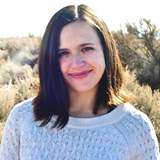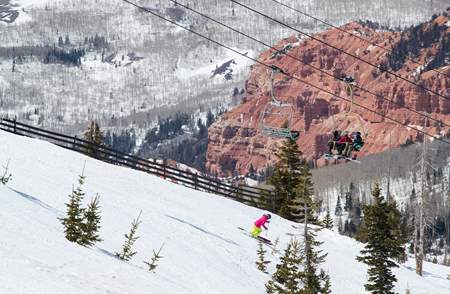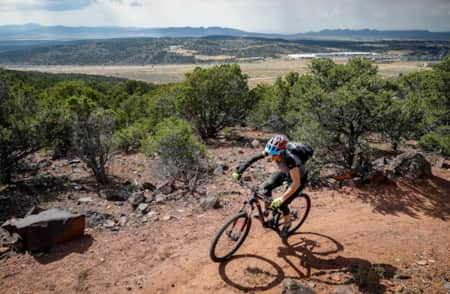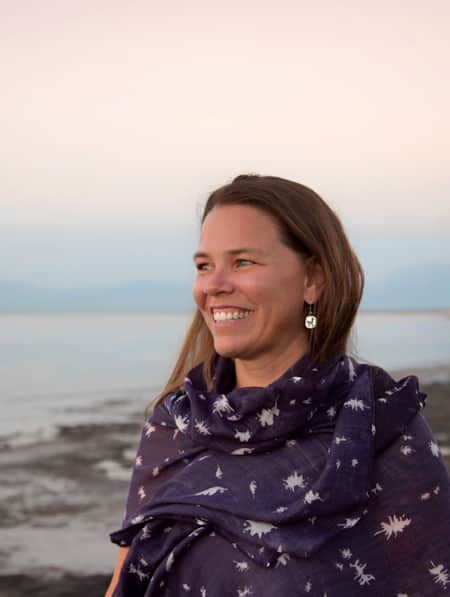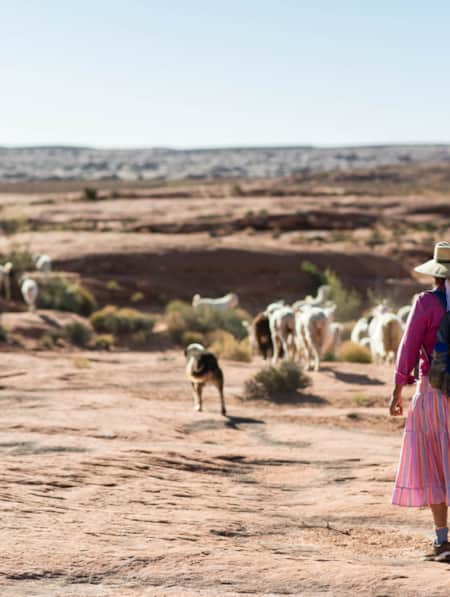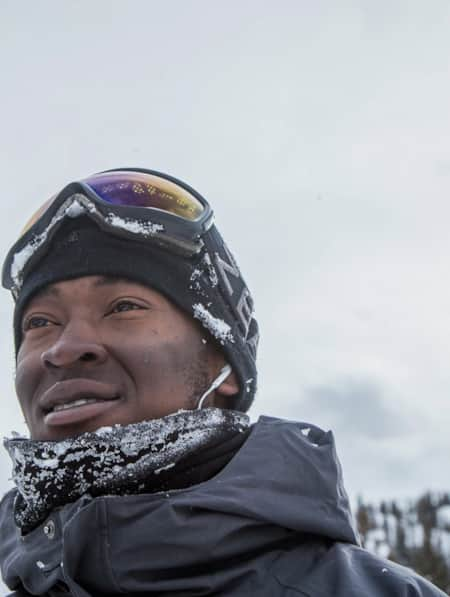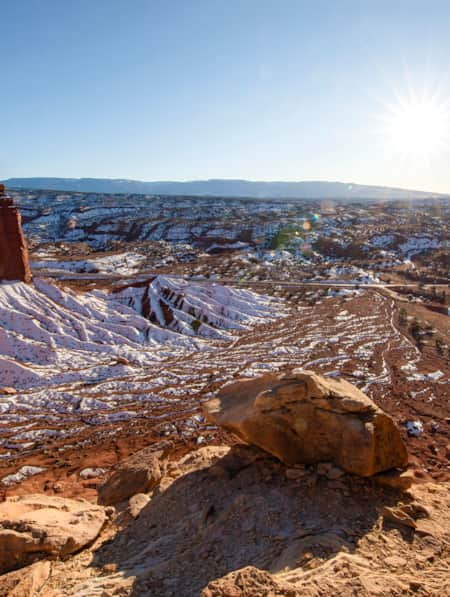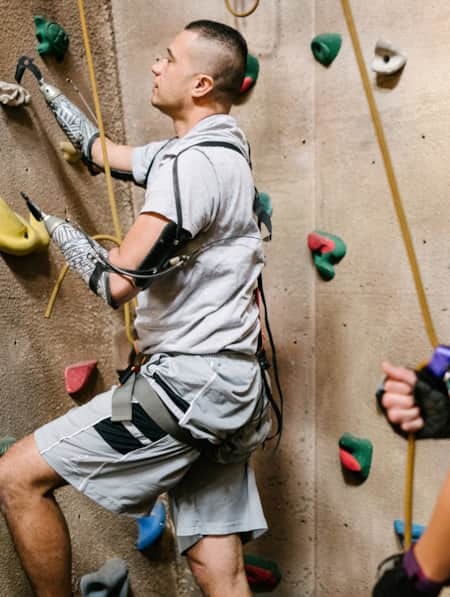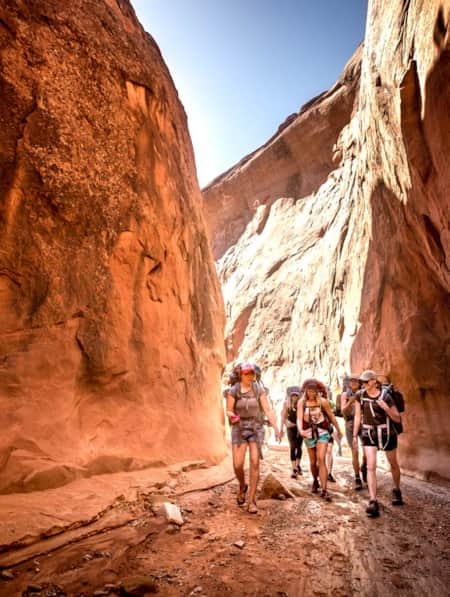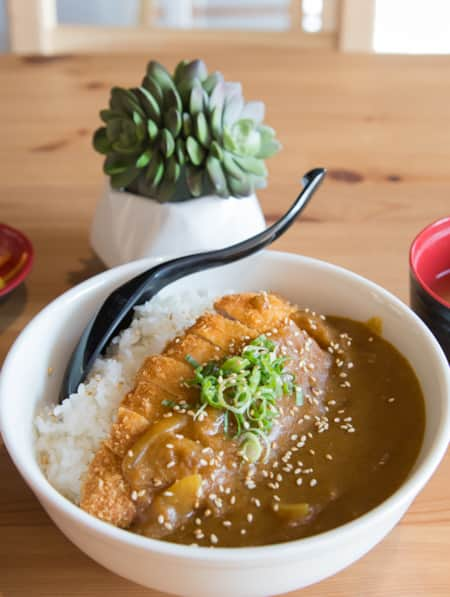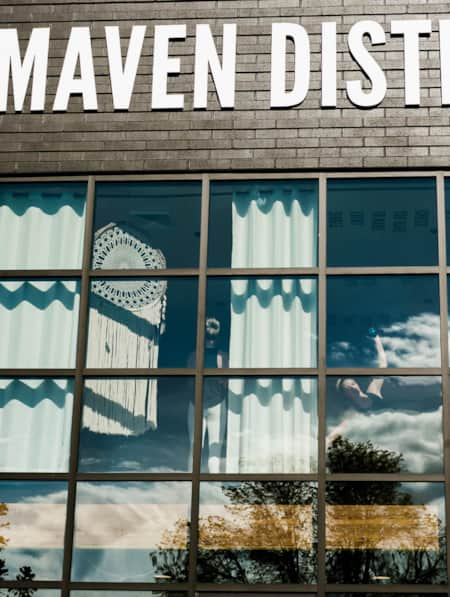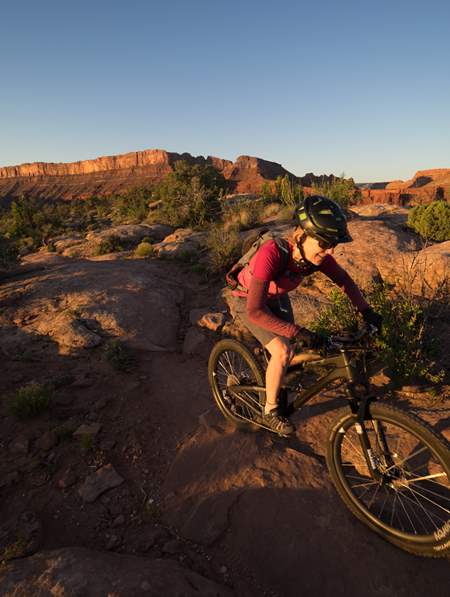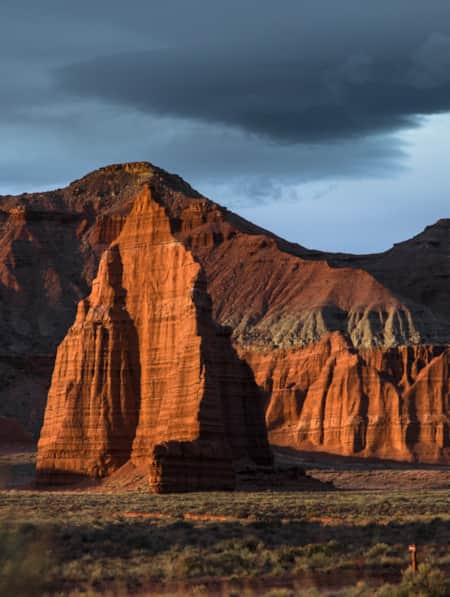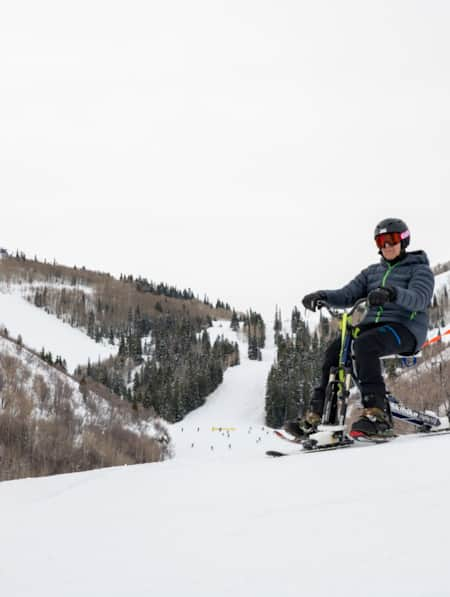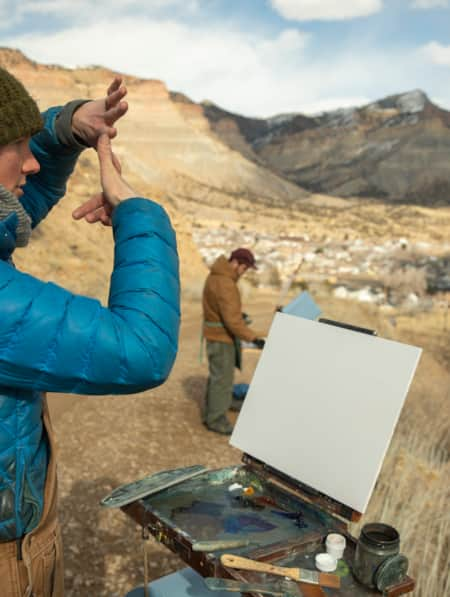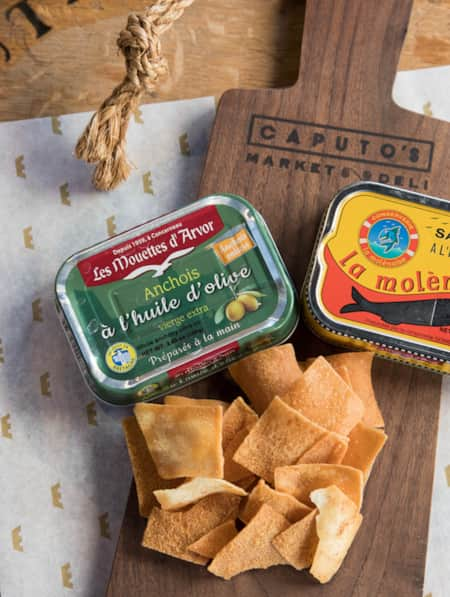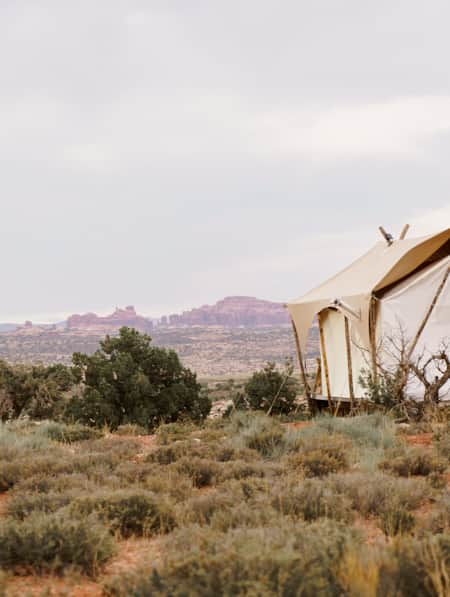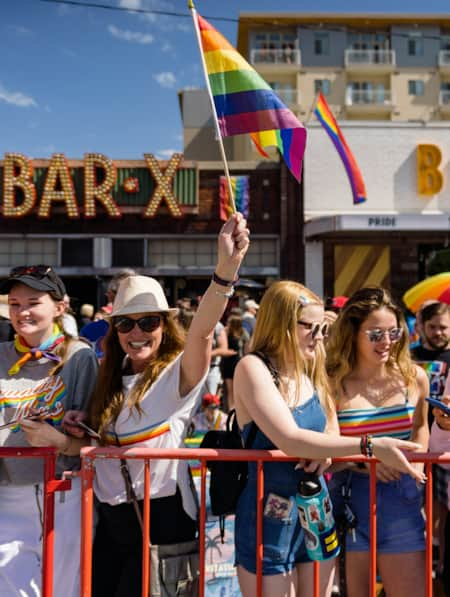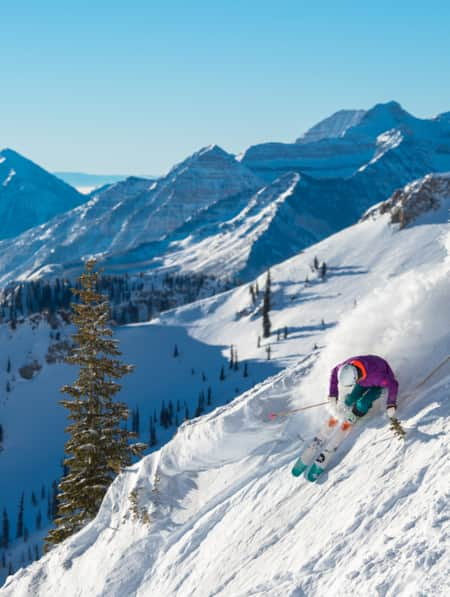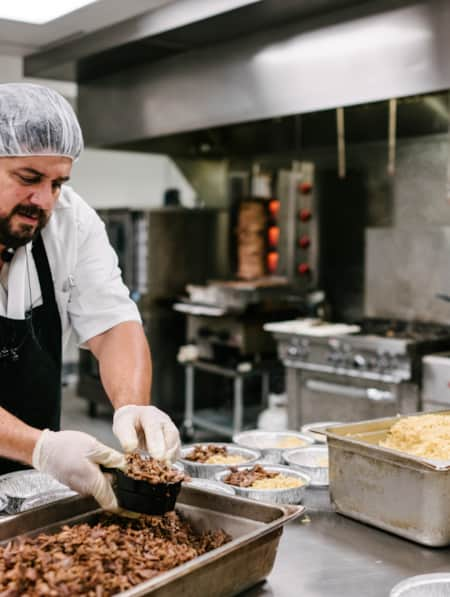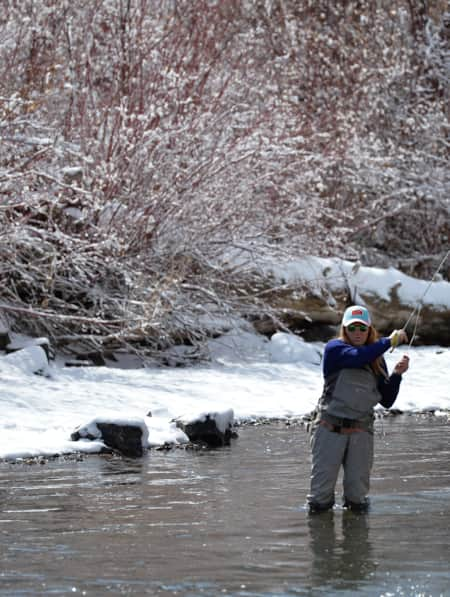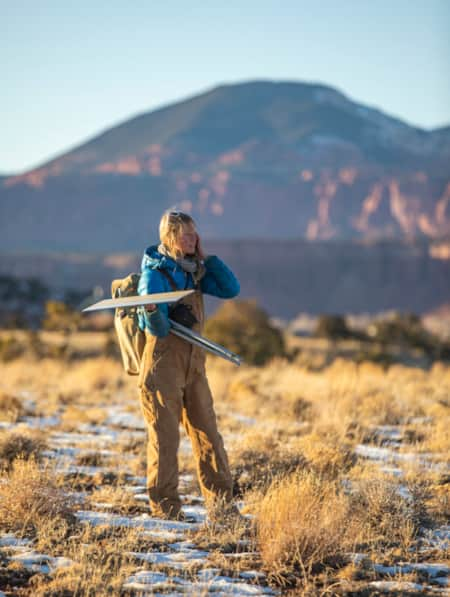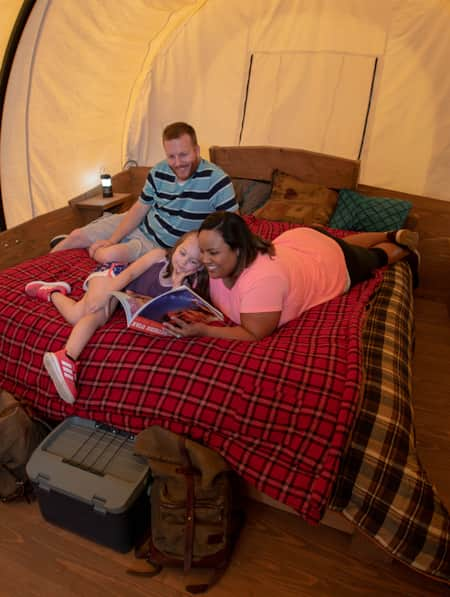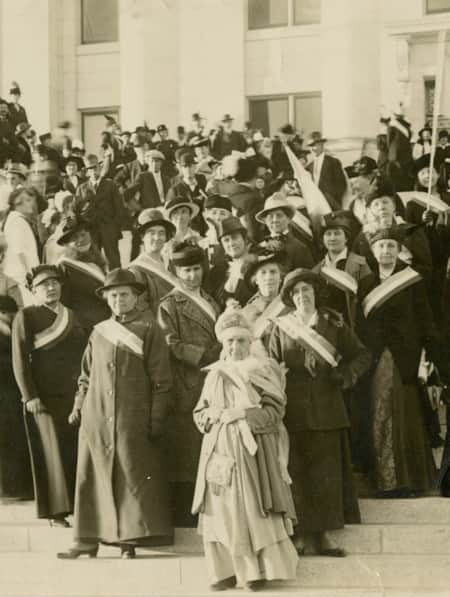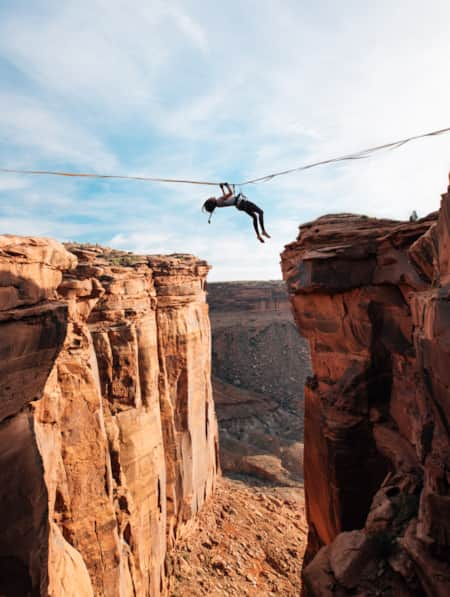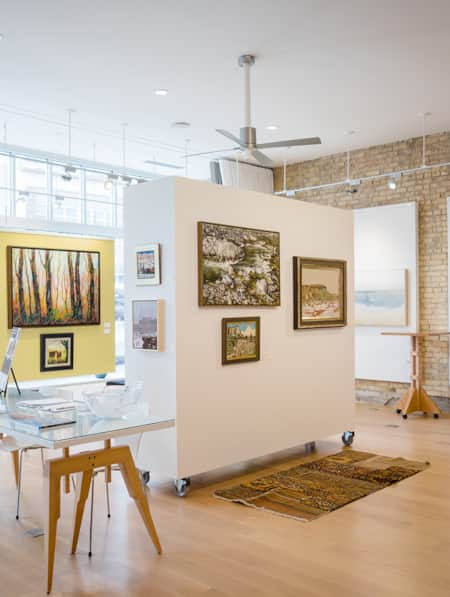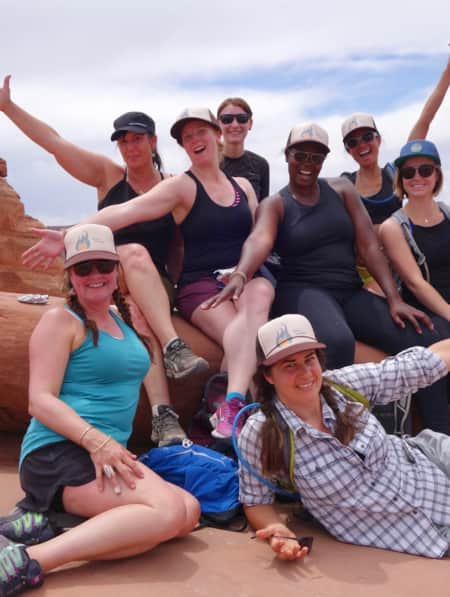A Confluence of Pioneer and Native American Heritage in Southwestern Utah
At Cedar City's Frontier Homestead State Park Museum
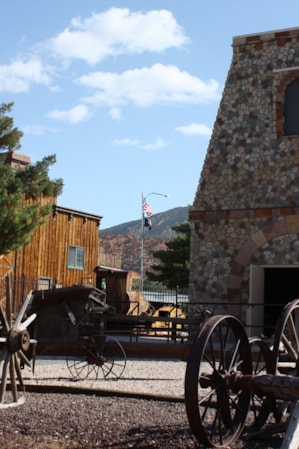
Located just north of Cedar City’s quaint downtown is a state park that commemorates a distinct migration in early Utah history. Frontier Homestead State Park Museum honors the Mormon pioneers who trekked from the Salt Lake Valley to settle in the rugged high desert region known for its iron ore. The group was sent by prophet Brigham Young in 1850 to start a mission of iron miners, bringing a much-needed metal to early Utah settlers that would assist them in building their new society in the territory of Utah.
Exploring Pioneer Artifacts
Approaching the Old West-inspired building, I notice an impressive vintage steam shovel that was used for iron ore mining many decades ago. Climbing into it for an up-close peek, I discover what it would have been like to operate such an overwhelming vehicle. Parked next to it is an antique Union Pacific caboose.
As I open the front doors to the visitor center, I’m greeted by friendly faces behind a ticket and information counter. The rest of the room is a delightful gift shop full of old-fashioned toys and candies, pioneer crafts, Native American jewelry and regional interest books. After buying tickets, I step inside the museum through two double wooden doors and find myself transported back to the mid-1800s.
A long row of antique carriages spans the length of the room, and as I stand next to one, I realize just how big these outdated modes of transportation are. Each one is unique and well-preserved, reminding me of an era so starkly different from the present day yet also not so long ago.
At the far end of the line of carriages is one that the public is allowed to climb into for a taste of what it would have been like to ride in a Wells Fargo passenger carriage. Clinging to the rail on the side, I imagine just how hard it must have been to climb into with petticoats, icy conditions, and slippery-soled boots. Once inside, the bounce of the shocks tells me just how jostly a ride in a carriage on a bumpy dirt road must have been.
After climbing out and heading to see what’s on the other side of the long room, I discover a display of antique printing presses and materials. Next to it is another arrangement of fiber spinning, weaving and crafting supplies, both antique and modern.
Further on is a display of snow sleighs, complete with an inviting dress-up exhibit for children to find out what it was like to wear clothes from over a century ago. Further on are more pioneer-themed exhibits, but my attention is pulled to the end of the room where there’s a gallery space featuring regional-interest art. The current artist’s work on display is Everett Ruess, and I wander the space admiring his timeless style and renowned work. As an American artist focused on capturing the southwest, Ruess disappeared into the red rocks during the 1930s. This makes me think of the way eras disappear but leave behind lessons and inspiration for the current era.
"Learning about the origins of Cedar City gives me a new understanding and respect for the area."
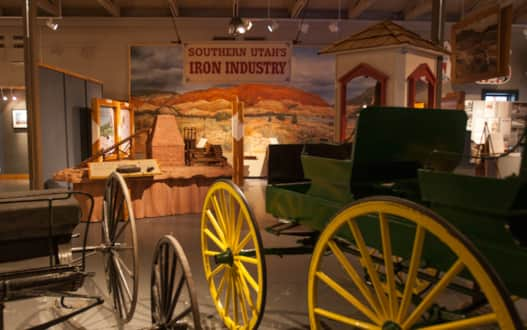
Photo: Matt Morgan
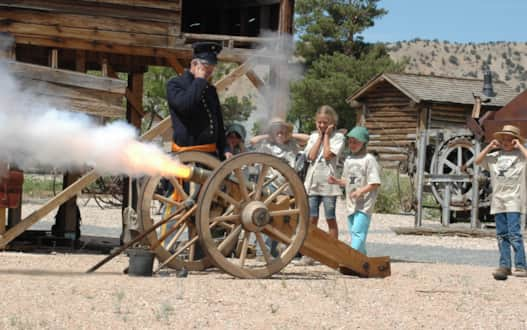
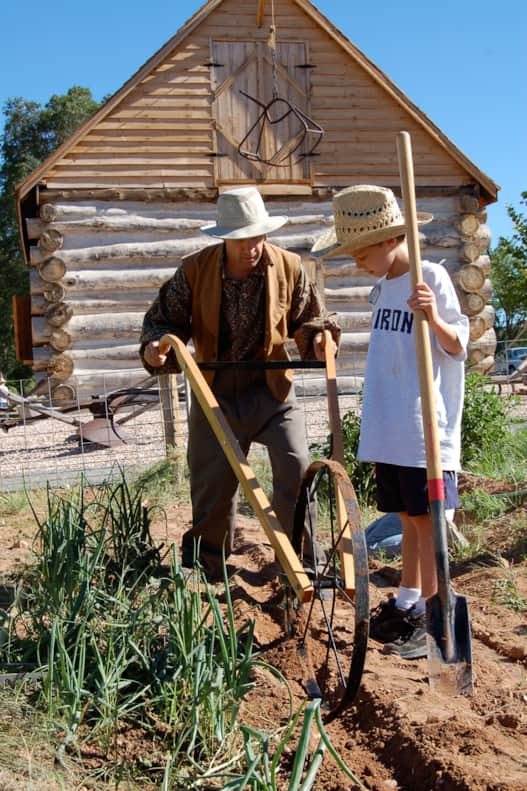
Pioneer-era Structures in the Courtyard
Moving back to the middle of the room, I exit the building through another pair of double doors. Emerging into an outdoor courtyard, I look around at the cabins and antique farming tools displayed throughout the space. To the right are a cluster of old pioneer cabins. The first is a one-room pioneer home showing just how simple and rustic pioneers’ existence was. The next is an old schoolhouse, complete with an attic teacher’s quarters. Noticing all the light coming in through the roof and rafters, I can’t help but wonder how chilly it would have been to sleep there on a wintry night.
Next, I tour the other antique buildings including an old sheep-shearing barn, a just-for-looks outhouse, a carpentry cabin and a small yet human-sized replica of an early fort. The park has recently added a section of regional Native American structures, such as wickiups and a Fremont pithouse. I climb inside imagining what it would have been like to live in the Cedar Valley before houses, businesses and freeways (it would have been stunningly beautiful).
My favorite and the prize of the building collection is the old Hunter House, a pioneer-era brick home. It was moved from downtown Cedar City to the state park a few years ago in order to preserve it. Park employees have been slowly refinishing and restoring the building to its former glory. Walking into the house is like stepping right into the life of a family from the turn of the century. It’s an inspiring reminder to locals of what their ancestors would have experienced.
The final structure that is a do-not-miss is the newly-completed replica foundry that was so integral to the iron ore mining operation. Inside the building are several displays detailing the history of the Iron Mission and more about how Mormon pioneers went through the process of mining the ore and turning it into tools and parts for everyday living. Learning about the origins of Cedar City gives me a new understanding and respect for the area.
The sense of historical beauty and the rugged reality is overwhelming while wandering through this museum and park, and I carry it out with me into the busy modern world. Understanding the struggles of the pioneers and the challenging lives of the Native Americans, gives me a new appreciation for my life of convenience.
Events at the Park
The Frontier Homestead State Park Museum hosts several events throughout the year.
Archaeology Day provides the opportunity to grind maize, throw an atlatl and imagine living in a wickiup (and it’s only $5 for the whole family).
Samantha Kirkley, State Coordinator for Utah Project Archaeology, explains more:
“We hope to provide meaningful and engaging experiences for community members of all ages and from all backgrounds. Archaeology Day at the Frontier Homestead State Park Museum in early May is a fun, hands-on family event. At the heart of all of our events, we endeavor to educate the public about the importance of preserving and protecting the non-renewable cultural resources found throughout Utah. A powerful way to learn about history and appreciate the present is by learning from living descendants of past cultures. Ms. Autumn Gillard, of the Southern Paiute Indian Tribe, [shared] her knowledge about traditional plants and their uses at the Cedar City Library. Utah Archaeology Month has very little to do with ‘digging,’ and so much to do with cultural exploration, appreciation, and understanding.”
Another town favorite is Christmas at the Homestead, where you can create a Christmas card on an antique printing press, try out old-fashioned candle-dipping and warm up in the schoolhouse with a blazing wood stove and hot cider. Santa makes an appearance in the postcard-beautiful Hunter House that puts the old-fashioned back into your holiday celebrating.
What's Nearby?
-

Brian Head Resort
Surrounded by contrasting evergreen spruce and aspen, Brian Head Resort boasts the highest base among Utah's resorts, and is the only ski and snowboard resort to showcase snow-dusted red rock hoodoos from the nearby Cedar Breaks National Monument.
-

Cedar Breaks National Monument
Hidden within the mountains above Cedar City is the brilliant geology and vibrant environment of Cedar Breaks National Monument. The geologic amphitheater and surrounding environs are home to cool hiking trails, ancient trees, high elevation camping, and over-the-top views along the “Circle of Painted Cliffs.”
-

Cedar City
There are plenty of things to experience in Cedar City, Utah thanks to nearby ski resorts, a national forest, great national parks and a superb arts scene.
